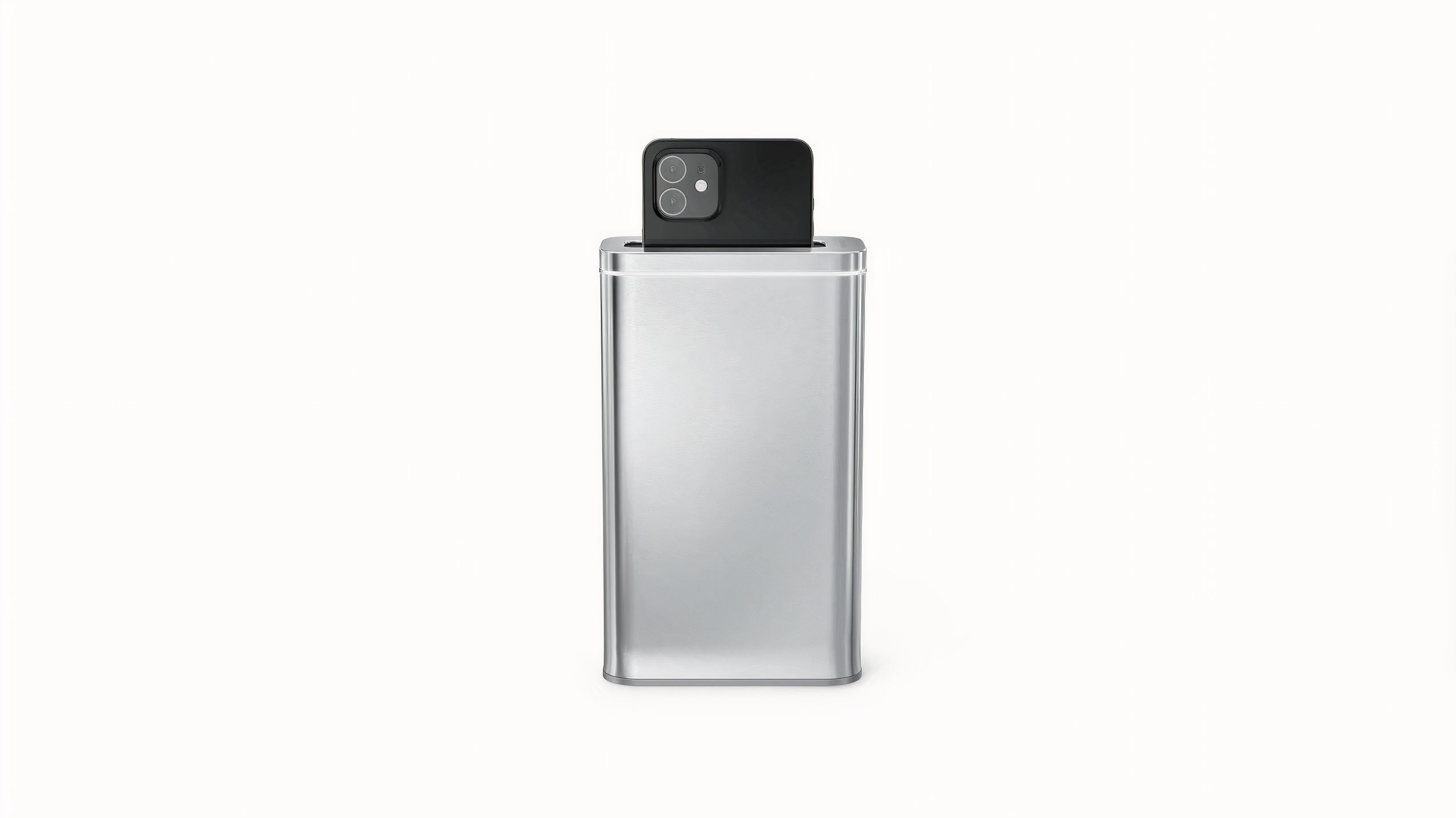
Key Takeaways
- Google’s new 45W USB-C charger is ostensibly meant for Pixel phones, but none of them can charge that quickly yet.
- It could be laying the groundwork for faster charging in the Pixel 10.
- The accessory is a $30 add-on.
Amidst all the hype around the new Pixel 9 lineup on Tuesday, Google also quietly launched a smaller product — an optional 45W USB-C charger, Engadget notes. The product isn’t too remarkable in its own right, except that none of the new Pixel phones can charge that quickly. Both the Pixel 9 and Pixel 9 Pro charge at 27W, and even the Pixel 9 Pro XL is capped at 37W. The Pixel 9 Pro Fold is actually the slowest of the bunch, coming in at 21W.
3:31

Related
Pixel 9: What’s changed, what hasn’t?
The Pixel 9 features a slightly larger display, an upgraded ultrawide camera, and several new AI tools.
In the short term, the new charger is presumably meant to max out the Pro XL if people are willing to pay an extra $30, but the company could’ve easily gone with a 40W design if it had wanted to. There’s a possibility then that Google is laying the groundwork for future devices, such as Pixel 10 phones and/or a second-generation Pixel Tablet. People who buy the 45W charger today won’t be stuck when those new devices are announced within the next year.
 Google is still playing catch-up
Google is still playing catch-up
While most of the new Pixel phones charge as fast or faster than Apple’s iPhone 15 lineup, Google is still lagging behind some other phone makers. Samsung’s Galaxy S24 Ultra hits 45W, and the OnePlus 12 is capable of 80W. Countries with access to Chinese-designed phones can get their hands on models topping 100W — the Realme GT5 hits a colossal 240W, on par with the power demands of gaming laptops.
One of the major concerns of increased wattage is heat, which can not only make a phone uncomfortable to hold, but damage components or pose a fire risk if it gets out of control. As wattage goes up, phone makers have to take special design measures to keep a phone in check. Those can include improved air flow, more efficient circuitry, and/or dedicated cooling systems.
When they get it right, though, there can be major advantages in convenience. The Realme GT5 can go from zero to fully charged in less than 10 minutes, whereas an iPhone might only gain a few percentage points in the same time.







